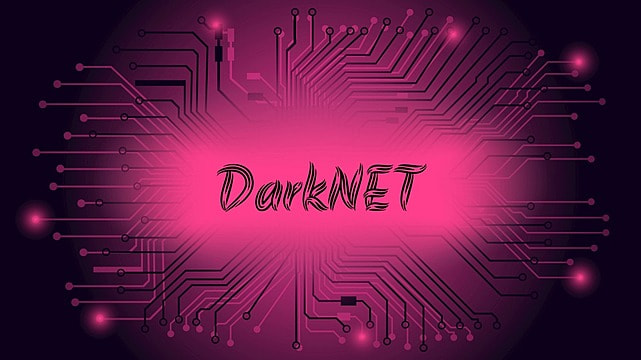How Kerberos Darknet Can Safeguard Your Personal and Professional Data
Kerberos darknet is emerging as a powerful tool in the realm of cybersecurity, designed to safeguard both personal and professional data from the growing threats in today’s digital landscape. As the internet continues to evolve, so do the techniques used by cybercriminals to exploit vulnerabilities. These threats, ranging from identity theft to ransomware attacks, have made data protection more critical than ever. Kerberos darknet, built on the foundation of the Kerberos authentication protocol, offers a robust layer of security that focuses on ensuring data integrity, confidentiality, and authentication. The Kerberos authentication system was initially designed to allow secure communication in a potentially insecure network. It relies on a trusted third-party system, known as the Key Distribution Center KDC, to authenticate users and services within a network. Kerberos darknet takes this established protocol a step further by offering protection within the dark web a domain notoriously known for its association with illegal activities and heightened cybersecurity threats.

This extended focus provides businesses and individuals with a more secure approach to navigating not just the surface web but also the more dangerous corners of the internet where personal and professional data is most vulnerable. One of the core strengths of Kerberos onion lies in its method of securing data transactions. By utilizing advanced encryption techniques, the system ensures that any data transmitted across the network is fully encrypted, rendering it unreadable to potential interceptors. This is especially crucial for individuals and businesses that deal with sensitive information, such as financial details, proprietary business strategies, or personal identification data. For professionals working remotely or using cloud services, Kerberos darknet provides an extra layer of protection against data breaches and hacking attempts that are common in these environments. Another key feature of Kerberos darknet is its ability to authenticate users and services in a secure manner. Unlike traditional systems that may rely on passwords or easily hackable methods, Kerberos uses ticket-based authentication.
This means that even if an attacker gains access to a user’s password, they would still need to compromise the authentication system itself, which is significantly harder. By preventing unauthorized access to network resources, Kerberos darknet ensures that only trusted users and services can communicate within the network, reducing the risk of unauthorized data leaks or breaches. For businesses, particularly those that handle large volumes of sensitive client or customer data, Kerberos darknet offers a shield against one of the most prevalent types of cyber threats – ransomware. This kind of malicious software can lock down critical systems and demand payment for decryption, making it a lucrative attack method for cybercriminals. With Kerberos darknet, companies can ensure that their internal communications and files are securely encrypted, making it much harder for ransomware to take hold or succeed. Moreover, the Kerberos darknet protocol also assists in safeguarding against DDoS Distributed Denial of Service attacks, which are designed to overload a system’s resources and make it inaccessible. Through its encrypted and authenticated communication channels, Kerberos darknet ensures that only legitimate traffic can access a network, mitigating the risk of such attacks disrupting service availability.